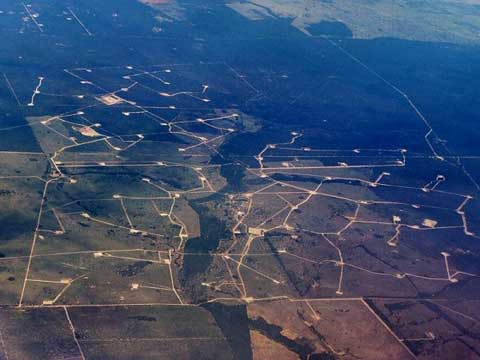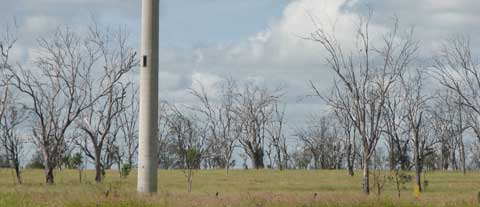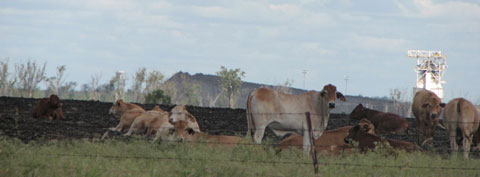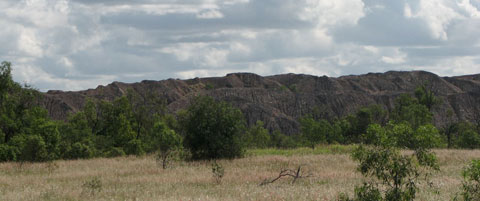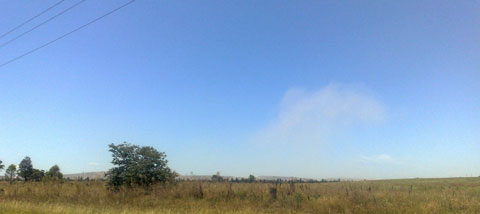Can we send the coal industry in the Hunter to the sin bin and make them stay there until they learn how to behave better? This is Singleton, centre of the coal boom/blight in the Upper Hunter, where residents have just received their 100th air pollution alert.
The NSW Office of Environment and Heritage issues warnings to subscribers by SMS and email, when air pollution exceeds national health standards. What do you do on such days if you have heart or respiratory problems? Stay inside.
Particle pollution in Camberwell, about 15 kms north of Singleton, with mines on all sides but one, has exceeded the national standard for PM10 a total of 22 times this year,
Yet against the advice of its own Health Department, the O’Farrell government approved the proposed Ashton (South East Open Cut) mine, owned by Chinese government-owned Yancoal, right next to Camberwell village and on that last remaining unmined side.
The message to the people was clear: your health is less important than coal dollars.?
Eleven of the 17 Hunter Valley monitoring stations have recorded exceedances this year, exposing residents to harmful levels of PM10 (particles of up to 10 microns in diameter). Air pollution alerts have been issued for Mt Thorley (14 times), Maison Dieu (12), Singleton NW (13), Lower Hunter (9), Singleton (6), Bulga (7), Warkworth (6), Jerrys Plains (4), Muswellbrook (3) and Singleton South (2).
The Valley from Singleton to Muswellbrook is facing a crisis of air pollution caused by opencut coal mining, despite all the industry spin about best practice. So they should sort out how to operate without the particle pollution – if they can – and don’t add to the problem with more coal mine development until they do. And if they can’t, then stop. No impact or no project.
Yet due to shameful proposed planning changes by the O’Farrell Government, it may be the last time a local group has the opportunity to challenge a coal mine approval in court, as they want the ‘resource’ placed above all other concerns like health and water.
Hunter Environment Lobby has launched a legal challenge against the approval of the South East Open Cut project and the case begins in the Land and Environment Court, Macquarie Street, Sydney, on Monday 2nd September. Supporters will rally outside the hearing at 9:30am. Can you make it?
On Wednesday 4th September the hearing will be held at Singleton Courthouse, and supporters will rally outside at 10:30am. Can you join me?
(If you are a tweeter, celebrate this infamous milestone of 100 black marks; the Minerals Council have their own twitter hashtag #nswmining where anyone can leave a pointed comment congratulating them on a century!)
(For information on the court case call Jan Davis, Hunter Environment Lobby, 0417 422 738)
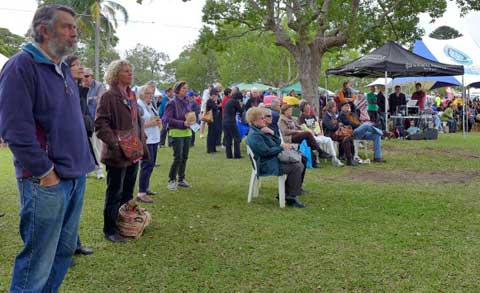
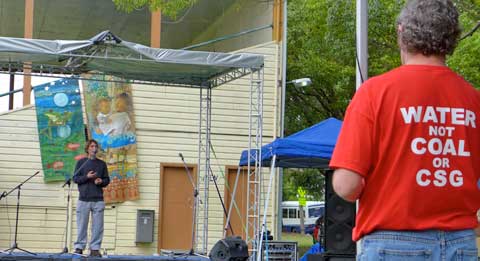
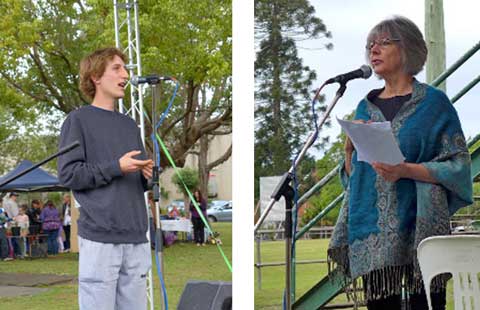
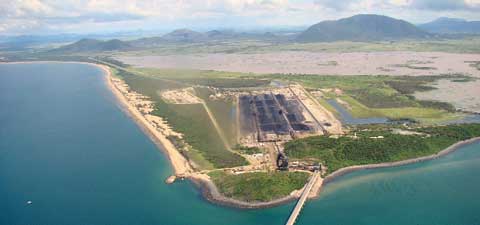
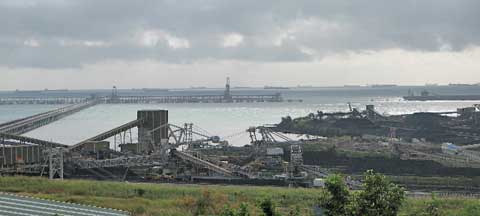
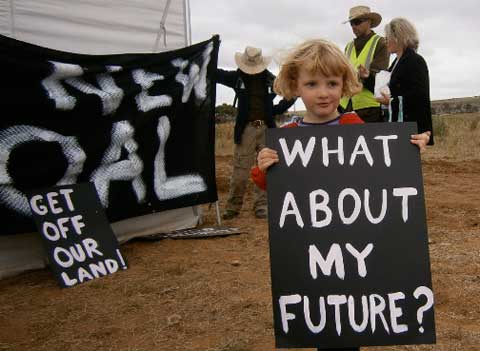
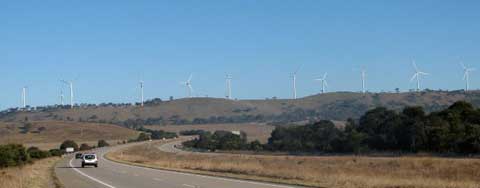

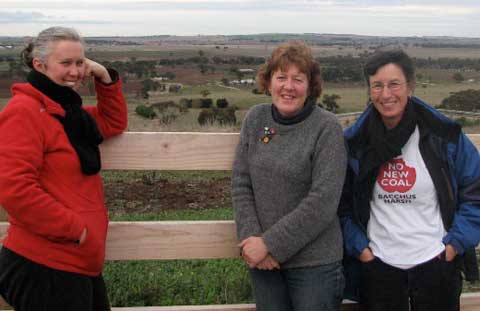



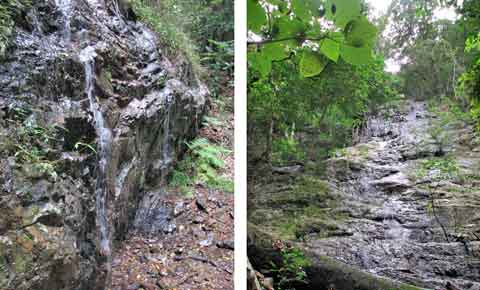
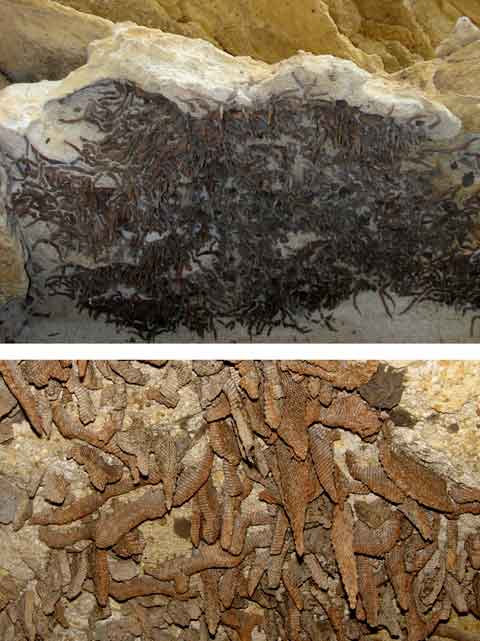
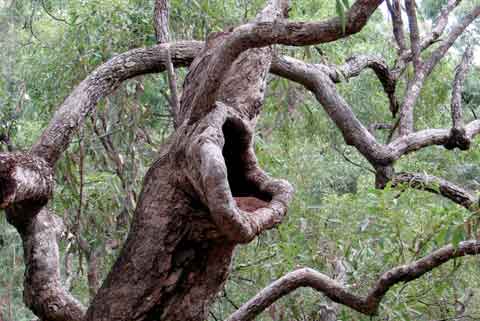
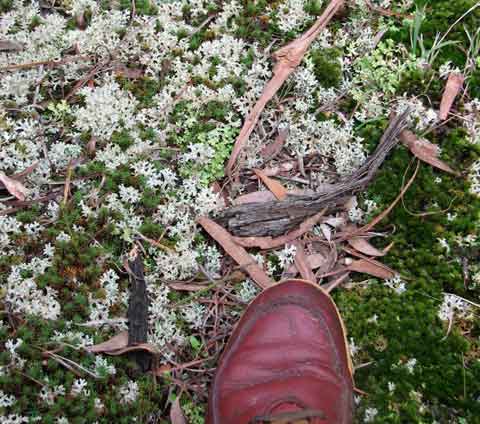

 As the gas leaks and bubbles, and the contaminants creep into the falling water sources and the salt accumulates, as people itch at strange rashes, hold their heads with strange aches, or their stomachs with strange nausea attacks, and worry if they are drinking cancer-causing chemicals from the fracturing process or breathing them in from the gas flares — the coal seam gas (CSG) industry continues to advance across Australia. Gasland is here. This is Angus Bretherick, 6, with the rash his family say was caused by their local coal seam gas industry. Angus lives at Tara, hotspot of the Queensland methane push, and where residents had been complaining since 2008 about leaking gas wells and the dumping of CSG water on roads. (Photo: Courier-Mail 21.10.2010)
As the gas leaks and bubbles, and the contaminants creep into the falling water sources and the salt accumulates, as people itch at strange rashes, hold their heads with strange aches, or their stomachs with strange nausea attacks, and worry if they are drinking cancer-causing chemicals from the fracturing process or breathing them in from the gas flares — the coal seam gas (CSG) industry continues to advance across Australia. Gasland is here. This is Angus Bretherick, 6, with the rash his family say was caused by their local coal seam gas industry. Angus lives at Tara, hotspot of the Queensland methane push, and where residents had been complaining since 2008 about leaking gas wells and the dumping of CSG water on roads. (Photo: Courier-Mail 21.10.2010)